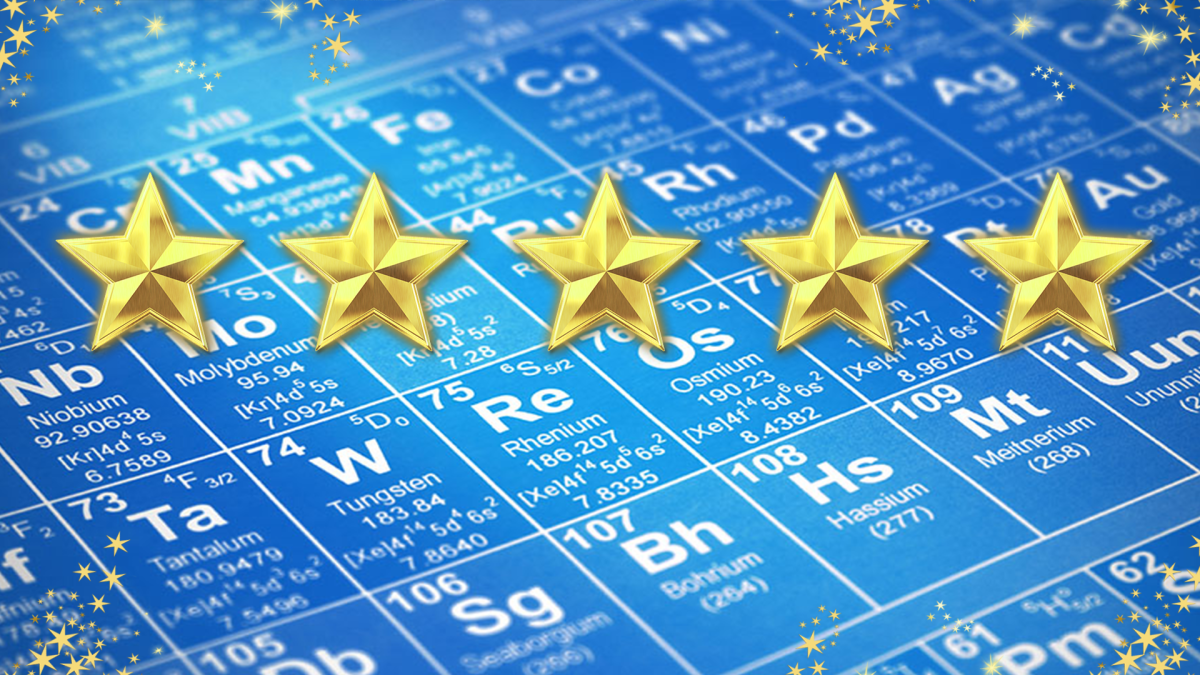
Bean Sprouts
by Victoria Rackley
Plants are the basis for nearly all agricultural production. Agricultural plant crops produce food, fiber, fuel, and aesthetically pleasing plants. Plants utilize energy from the Sun to convert water and carbon dioxide to sugar. A person working with plants uses knowledge of basic plant anatomy and processes to grow, manage, and market plant products.
In this lesson, students identify a plant’s four main parts and functions. They conduct a germination trial on bean seeds over several days.
Lesson Plan Link/URL
https://docs.google.com/presentation/d/1ZR9qf5n3jx2xzj_AGGzqxJI6AzTjM2ai/edit?u…Subject Area
Science Life Science L1: Cells Mathematics Measurement and Data (MD) Ratio and Proportion (RP) Expressions and Equations (EE)
Featured
Off
Related Content

Grades:
9th Grade, 10th Grade, 11th Grade, 12th Grade
The first rule in the chemistry lab is “don’t eat or drink or lick anything in the lab”! This lesson breaks those rules and shows students how culinary is really a practical application of chemistry

Grades:
10th Grade, 11th Grade, 12th Grade
This lesson has students create a unique graphical visual of the components of blood within a vial. These components of blood are then researched and used as a control for accomplishing two

Grades:
9th Grade, 10th Grade, 11th Grade, 12th Grade
This STEM Argumentative Research Project engages students in exploring the scientific, ethical, and societal implications of themes in Mary Shelley's "Frankenstein." Students will work in groups to